The world teems with life, much of it unseen. Among the smallest, yet surprisingly impactful creatures, is the dog tick. Often viewed as merely a pest, the dog tick possesses a fascinating history, complex life cycle, and an ecological role that extends far beyond simply attaching to a warm‑blooded host. This guide delves into the world of Dermacentor variabilis, commonly known as the American dog tick, providing a comprehensive overview for students, animal enthusiasts, and anyone seeking to understand this often‑misunderstood arachnid.
What is a Dog Tick?
The dog tick is a type of hard tick belonging to the family Ixodidae. These external parasites feed on the blood of mammals, birds, and sometimes reptiles. Adult dog ticks are easily recognizable by their reddish‑brown appearance and the hard shield, or scutum, covering their backs. Male ticks have a fully covered scutum, while female ticks have a partially covered scutum that expands as they engorge with blood.

Identification
Distinguishing dog ticks from other tick species is crucial. Adult dog ticks typically measure between 2 and 5 millimeters in length before feeding and can swell considerably when engorged. A key identifying feature is the presence of white markings, or striations, on the dorsal surface behind the scutum. Careful observation of these markings, along with the tick’s overall size and color, can aid in accurate identification.
Habitat and Distribution
Dog ticks are widespread across North America, from Canada to Mexico, and are particularly common in the eastern United States. They thrive in areas with tall grasses, shrubs, and woodlands, providing ideal conditions for ambushing hosts. They prefer edge habitats, such as the transition zones between forests and meadows, or along trails and pathways. Understanding their preferred habitats is key to both finding them in the wild and taking precautions against bites.
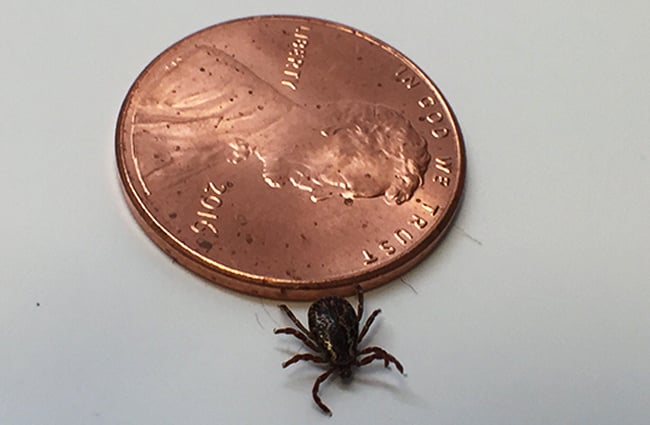
Finding Dog Ticks in the Wild
If you want to observe dog ticks in their natural environment, focus on areas with dense vegetation and abundant wildlife. Walk slowly and carefully, examining tall grasses and shrubs. Ticks often quest for hosts by climbing onto vegetation and extending their legs, a behavior that allows them to detect passing animals. Wear light‑colored clothing to make them easier to spot, and consider using a tick key or fine‑tipped tweezers for safe removal if necessary.
Life Cycle and Reproduction
The dog tick undergoes a four‑stage life cycle: egg, larva, nymph, and adult. Eggs hatch into larvae; each larva, nymph, and adult requires a blood meal to progress to the next stage. Female ticks lay thousands of eggs in vegetation, typically in the spring. These eggs hatch into larvae, which are tiny, six‑legged creatures that feed on small mammals or birds. After feeding, the larvae drop to the ground and molt into nymphs, eight‑legged, spider‑like creatures that continue the cycle by feeding on larger hosts. Finally, nymphs molt into adults, completing the transformation. Mating occurs on the host animal, and the female requires a substantial blood meal to produce eggs.
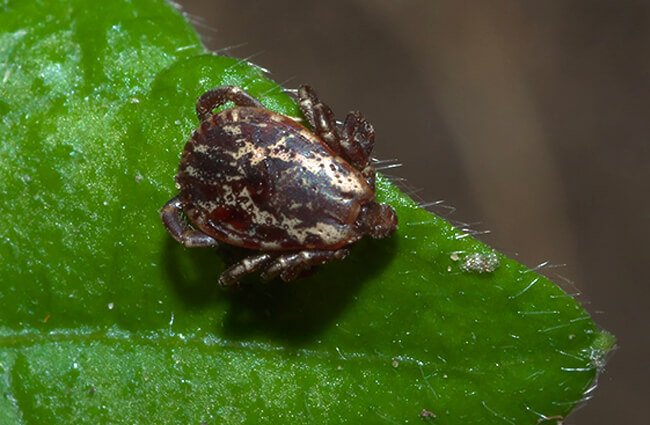
Mating and Reproduction Details
The reproductive strategy of the dog tick is fascinating. Males actively seek out females on hosts, often engaging in prolonged mating. A single female can lay up to 8,500 eggs after a full blood meal. These eggs are deposited in sheltered locations, often among vegetation and leaf litter. The timing of the life cycle is heavily influenced by environmental factors such as temperature and humidity.
Diet and Ecological Role
Dog ticks are obligate hematophages, meaning they require blood for survival. They feed on a wide range of mammals, including dogs, deer, rodents, and humans. While often considered pests, dog ticks play an important role in the ecosystem. They can influence host populations and serve as a food source for certain insects, birds, amphibians, and small mammals. They also contribute to nutrient cycling through their feeding activities.

Interaction with Other Animals
Dog ticks can transmit diseases to both animals and humans. In wildlife, these diseases can impact population health and contribute to declines in certain species. Ticks can also act as vectors for parasites that affect livestock and domestic animals. Understanding these interactions is crucial for managing both wildlife and agricultural systems.
Dog Ticks and Humans
The relationship between dog ticks and humans is primarily negative, due to the risk of disease transmission. Dog ticks are vectors for several pathogens, including Rickettsia rickettsii, the causative agent of Rocky Mountain spotted fever, and Francisella tularensis, which causes tularemia. Tick bites can also cause localized reactions such as inflammation and itching. Prevention is key to minimizing the risk of tick‑borne diseases.
Prevention and Safety
When venturing into tick‑prone areas, wear long sleeves and pants, tuck your pants into your socks, and use an insect repellent containing DEET or picaridin. Conduct thorough tick checks after spending time outdoors, paying particular attention to the hairline, ears, and groin. If you find a tick, remove it carefully using fine‑tipped tweezers, grasping the tick as close to the skin as possible and pulling straight up. Monitor the bite site for any signs of infection, and consult a doctor if you develop a fever, rash, or other symptoms.
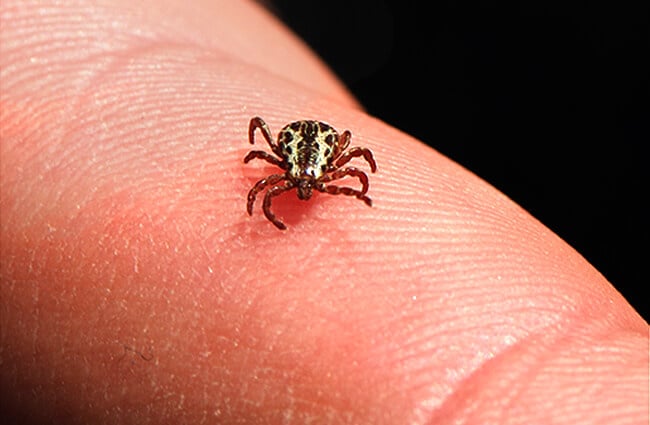
Evolutionary History
Ticks are ancient arachnids, with fossil evidence dating back to the Cretaceous period. Their evolutionary history is closely tied to the evolution of their hosts. Over millions of years, ticks have adapted to exploit a wide range of vertebrate species, developing specialized mouthparts and behaviors for efficient blood feeding. Phylogenetic studies suggest that dog ticks are relatively recent additions to the tick family tree, likely diverging from other hard tick lineages in the late Paleogene.
Dog Ticks in Captivity
Maintaining dog ticks in captivity is rarely done, but can be necessary for research purposes. Ticks require a humid environment and a host animal for feeding and reproduction. Providing a suitable host is the most challenging aspect of captive care. Ticks should be housed in secure containers to prevent escape. Regular monitoring of their health and behavior is essential. Avoid direct contact with ticks, and always wear protective gear when handling them.
Interesting Facts
- Dog ticks can detect the carbon dioxide emitted by hosts from a considerable distance.
- Female ticks can increase their weight several hundred times after feeding.
- Ticks do not have eyes but can detect changes in light and shadow.
- The lifespan of a dog tick varies depending on environmental conditions and host availability.
- Ticks exhibit a unique questing behavior, climbing onto vegetation and extending their legs to ambush passing hosts.
The dog tick, often viewed as a mere nuisance, is a fascinating and complex creature. Understanding its life cycle, ecological role, and potential health risks is crucial for both protecting ourselves and appreciating the intricate web of life that surrounds us. By taking appropriate precautions and fostering a deeper understanding of this often‑misunderstood arachnid, we can coexist more safely and sustainably with the natural world.

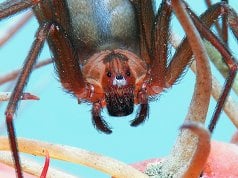
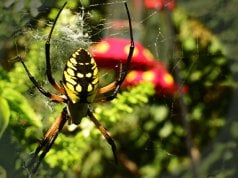



![Red Angus Closeup of a beautiful Red Angus cowPhoto by: U.S. Department of Agriculture [pubic domain]https://creativecommons.org/licenses/by/2.0/](https://animals.net/wp-content/uploads/2020/03/Red-Angus-4-100x75.jpg)

